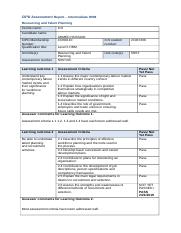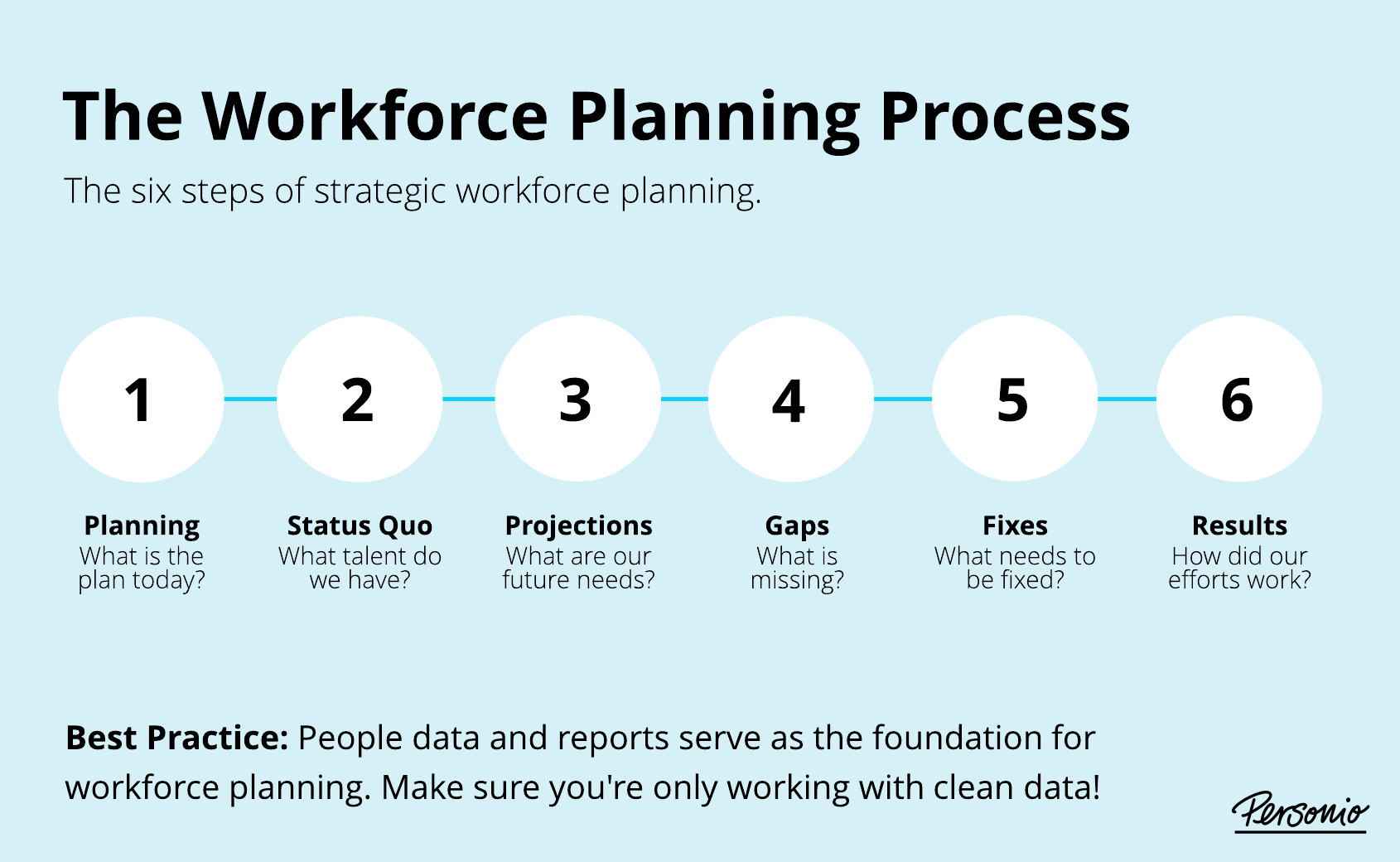The Chartered Institute of Personnel and Development (CIPD) is a professional body for human resource management professionals. CIPD's resourcing and talent planning focuses on the acquisition and management of an organization's human capital, with the goal of ensuring that the organization has the right people with the right skills in the right roles at the right time.
Effective resourcing and talent planning involves a number of key activities, including the identification of current and future workforce needs, the development of strategies to attract and retain top talent, and the implementation of processes to ensure that the organization has the right mix of skills and experience to meet its business goals.
One key aspect of CIPD's resourcing and talent planning is the use of workforce planning techniques to identify and address any potential skills shortages or imbalances. This may involve conducting a skills audit to assess the current and future skills needs of the organization, and developing strategies to address any identified gaps. This may include training and development programs, recruitment and retention strategies, or the use of external contractors or temporary staff.
Another important aspect of CIPD's resourcing and talent planning is the development of a talent management strategy. This involves identifying and nurturing high-potential employees, as well as implementing processes to ensure that all employees have the opportunity to develop their skills and advance their careers. This may involve the use of performance management systems, career development plans, and leadership development programs.
In addition to these activities, CIPD also emphasizes the importance of diversity and inclusion in resourcing and talent planning. This involves considering the diverse backgrounds, experiences, and perspectives of all employees, and implementing strategies to ensure that all employees have equal opportunities to succeed and advance within the organization.
Overall, CIPD's resourcing and talent planning is focused on ensuring that organizations have the right people with the right skills in the right roles at the right time. By adopting a strategic and proactive approach to human capital management, organizations can effectively meet their business goals and achieve long-term success.







